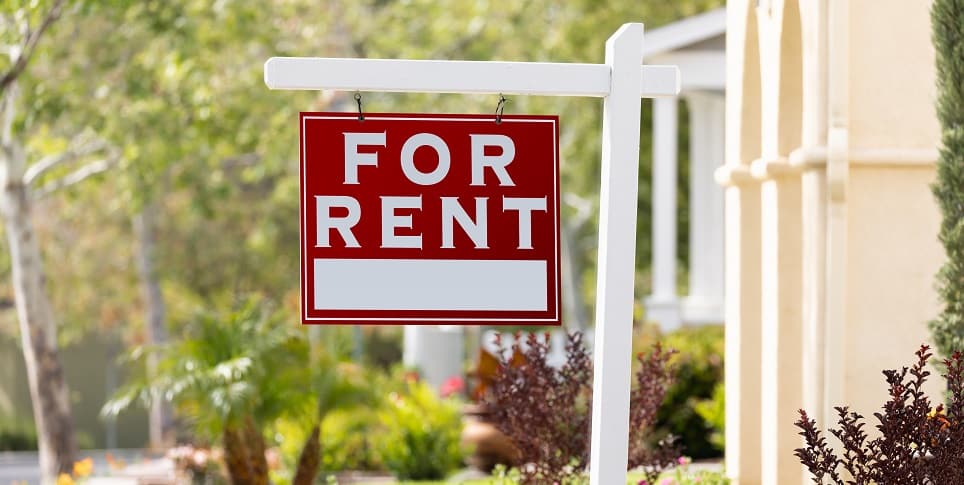Become a
Smarter
Investor
in 15 Minutes
Free guide helps you unlock the potential
of your retirement account
– all before you
finish a cup of coffee.
Investor Insights Blog|7 Strategies to Increase ROI on Keeper Properties by Reducing Vacancy
Real Estate

The following was written by guest blogger Nick Baur, Founder of the South Side Investment Club.
If you’re a real estate investor seeking to increase your return on investment of a buy-and-hold property (keeper property), you might want to consider reducing the time the property is vacant. Here are seven ways that could help you reduce the vacancy rate:
Location, Location, Location… Search out the areas that have low vacancy rates. Talk to local realtors, property managers, and seasoned investors who have been renting units for over a decade before you take the plunge and buy a property.
For example, I want to own property where supply of rental properties is low, and the demand is high. I own properties in a town where the schools are in the Top 50 Schools in America. Demand for rental property is high and the average days on the market to rent are usually less than two weeks.
It is important to have the competitive edge in rent for tenants. Look at other rentals in the MLS and on various rental sites (www.rentals.com, www.rent.com and www.forrent.com).
If you offer a good price compared to the competing properties, it will rent faster than the other properties.
All tenants want to live in a really nice home and when they are happy there, they don’t move. I had a tenant in Connecticut that loved their kitchen and bath in my rental property and lived there for 12½ years!
The house was in such great condition when I rented it to her that I never stepped foot into the house during the entire time that she rented from me.

Move-outs are extremely costly for property owners.
Nick Baur, Founder/CEO, South Side Investment Club
This is why I usually don’t raise the rents on my tenants at the end of the first year when the lease expires. I usually offer a two-year lease with no rental increase as long as the tenants pay on time every month.
The longer the tenant stays in the house, the deeper their roots go into the neighborhood and community. The worry of costly vacancy will be avoided for more than 24 months.
When a tenant calls about a clogged toilet, an air conditioning that is not cooling, or any other malfunction, the landlord or property manager should respond quickly. Remember that unhappy tenants move.
Move-outs are extremely costly for property owners. I have some properties that rent for over $2,000 per month. Those vacancies will hurt your profit margins greatly! I like to have the maintenance person on site in less than 24 hours for all minor issues.
Start advertising before the tenant vacates so you have multiple new prospective renters ready and excited to look at the upcoming property. I want to do a walk-through 2-3 weeks prior to the tenants move out date so I can have any necessary handymen and/or contractors lined up to do the necessary repairs the minute that the tenant moves out of the property.
Every day the property is vacant, you are losing money.
This option will attract high-caliber rent-to-own tenants who are looking to test drive a property prior to committing to home ownership.
In the rent-to-own situation, the tenant gets time to get accustomed to the neighborhood, schools, and surrounding areas without being rushed to buy a property. They will be more likely to pay their rent in a timely manner to avoid losing their right to buy.
This strategy can also save the 6 percent in Realtor commissions. If the property is in an area that is appreciating rapidly, be careful not to set the option price too low because you want to get all the appreciation as the prices in the neighborhood climb upward.
Over the past 20 years, Nick Baur, a St. Louis native, has had a passion for real estate. He has been a party to thousands of real estate transactions and generated over 25,000 leads in his real estate businesses. He is the owner of Real Estate Rehab and the founder/CEO of the South Side Investment Club and SSIC Inner Circle, the coaching and mentoring arm of the South Side Investment Club. He is active in St. Louis real estate investing through Real Estate Rehab but truly enjoys teaching others the ins-and-outs of how to use real estate to build a lifestyle and the long-term wealth that they deserve.
Nick Baur is not an employee of Equity Trust Company. Opinions or ideas expressed are not necessarily those of Equity Trust Company nor do they reflect their views or endorsement. These materials are for informational purposes only. Equity Trust Company, and their affiliates, representatives and officers do not provide legal or tax advice. Investing involves risk, including possible loss of principal.
You are leaving trustetc.com to enter the ETC Brokerage Services (Member FINRA/SIPC) website (etcbrokerage.com), the registered broker-dealer affiliate of Equity Trust Company. ETC Brokerage Services provides access to brokerage and investment products which ARE NOT FDIC insured. ETC Brokerage does not provide investment advice or recommendations as to any investment. All investments are selected and made solely by self-directed account owners.
Continue